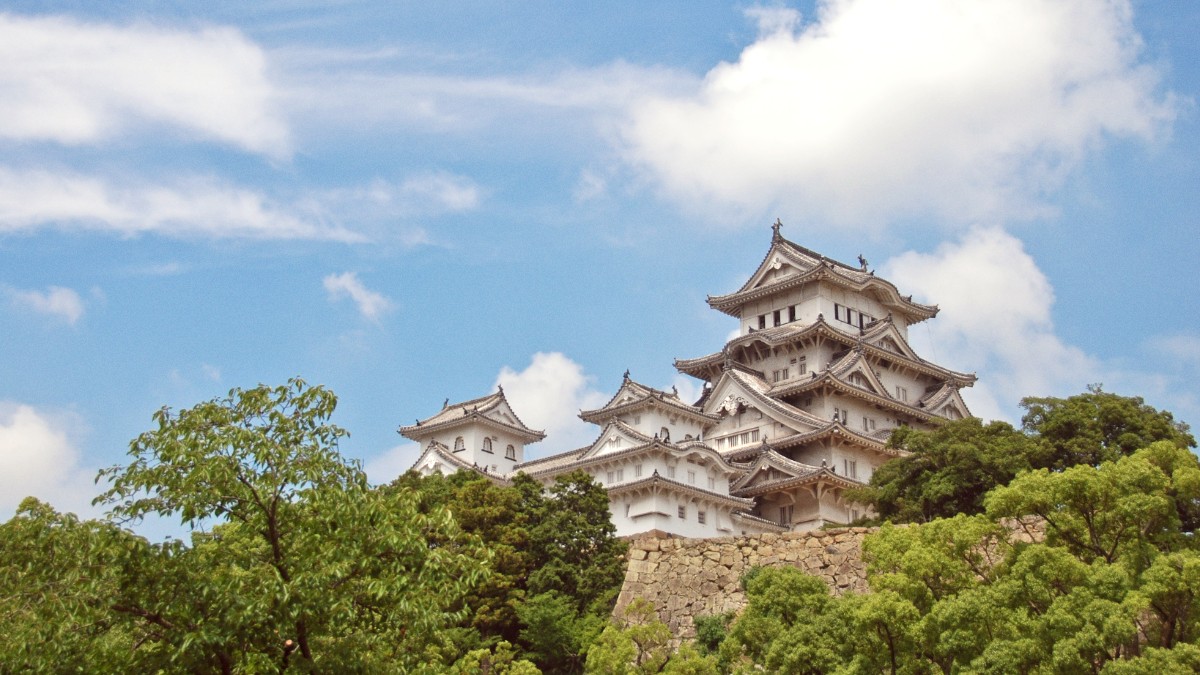
Western Honshu, Japan
Miyajima Island is mainly a pedestrian island. The only "public transport" is the Miyajima Ropeway to Mt. Misen. Mainland Hiroshima has an extensive public transport network.
This network includes Streetcar (Hiroden), a comprehensive bus network, and JR Local Trains connecting Hiroshima Station to Miyajimaguchi Station. The Astram Line serves northern Hiroshima.
Miyajima: Ferry Terminal, Itsukushima Shrine, Daisho-in Temple, Mt. Misen Ropeway Station. Hiroshima: Hiroshima Station (major hub), Hiroshima Bus Center, Genbaku Dome-mae (major streetcar stop).
Cash payment (exact fare) or IC Cards (Paspy, Suica, ICOCA) are accepted. One-Day Passes like the Hiroshima Tourist Pass are available for tourists.
Newer Hiroshima streetcars are low-floor and wheelchair accessible. Miyajima's main path is mostly flat. Many temples and Mt. Misen have steps.
Pay the exact fare upon exiting streetcars or buses. Drivers do not provide change for large bills.
Major nationwide IC cards are accepted. Purchase and top up at stations or convenience stores.
Hiroshima Tourist Pass or specific 1-Day Passes are available for unlimited rides on relevant lines.
Miyajima is small and highly walkable; most attractions are close to the ferry terminal.
Taxis provide a direct travel option, especially on the mainland. Miyajima itself rarely needs or has taxis, being a pedestrian-focused island.
You need a valid domestic driver's license and an International Driving Permit (IDP) based on the 1949 Geneva Convention. The minimum age is typically 18.
Available in some larger cities but less common for tourists. Similar license requirements as for cars. Not practical for Miyajima.
Peacecle is a bicycle sharing service in Hiroshima city. Very limited or non-existent on Miyajima island due to its pedestrian nature.
Miyajima is best experienced on foot, supporting appreciation of its serene beauty and charming streets. Hiroshima city has some cycling infrastructure.
The Hiroshima Sightseeing Loop Bus (Hiroshima Meipuru~pu) is a hop-on-hop-off service for main tourist attractions. The Japan Rail Pass covers this service.
No such service exists on Miyajima island.
The World Heritage Sea Route is a direct ferry from Hiroshima Peace Memorial Park to Miyajima. The regular Miyajima Ferry operates from Miyajimaguchi to Miyajima.
No additional immigration procedures are needed for regular ferries.
The Ropeway ascends Mt. Misen. It has two sections: Kayatani Station to Shishiiwa Station. A round trip costs approximately ¥1,800. Views from the top are panoramic.
The Ropeway is generally accessible for those with mobility issues.
For those seeking an unforgettable view, the Miyajima Ropeway offers panoramic vistas during ascent and descent.